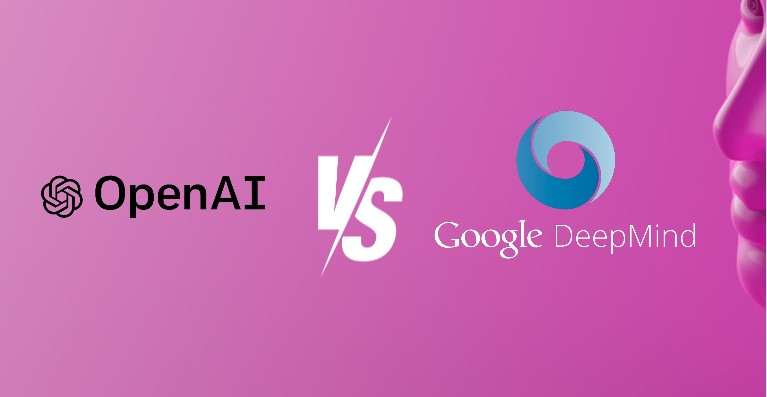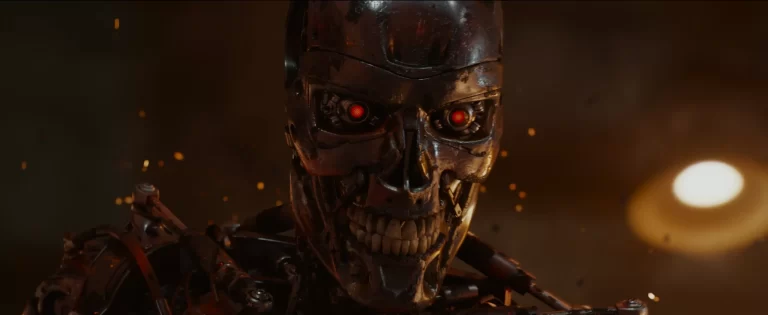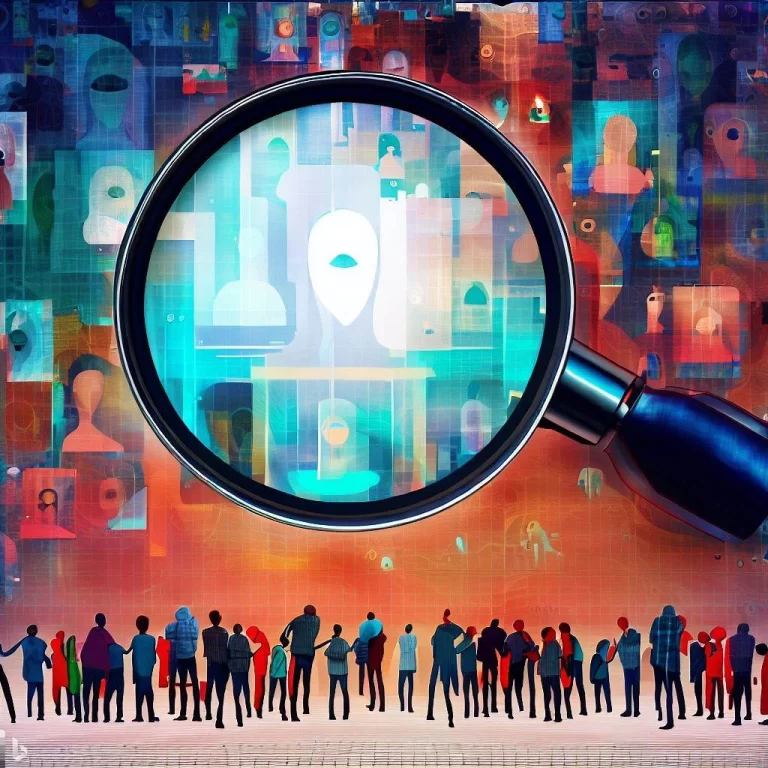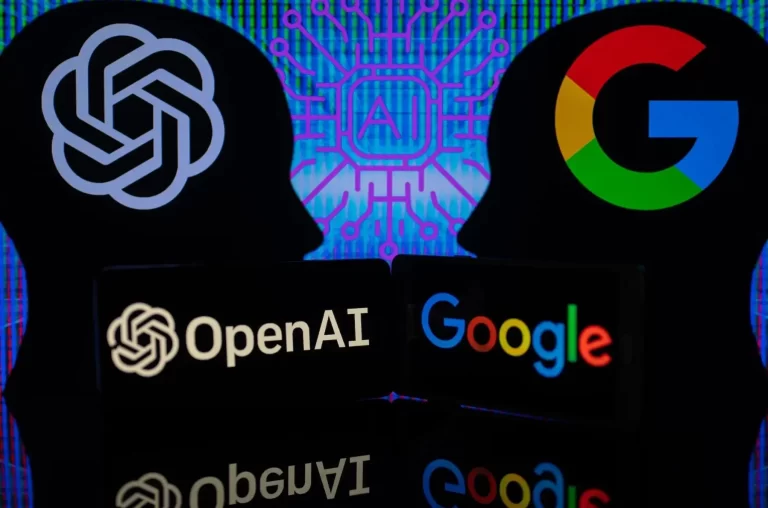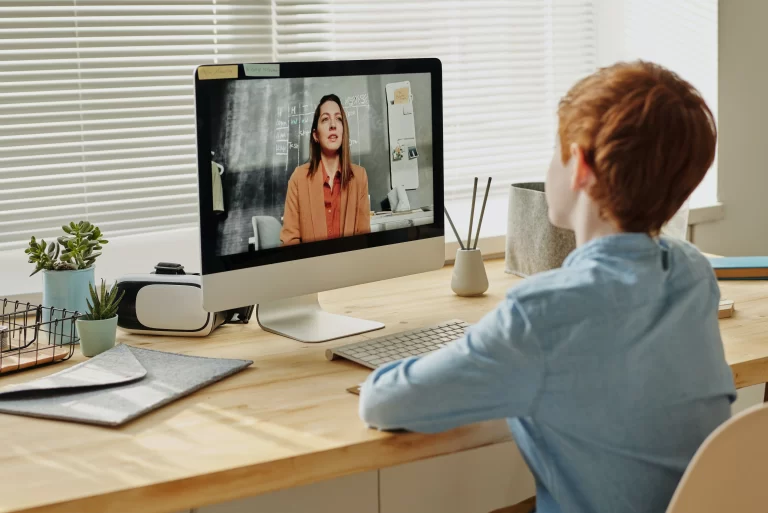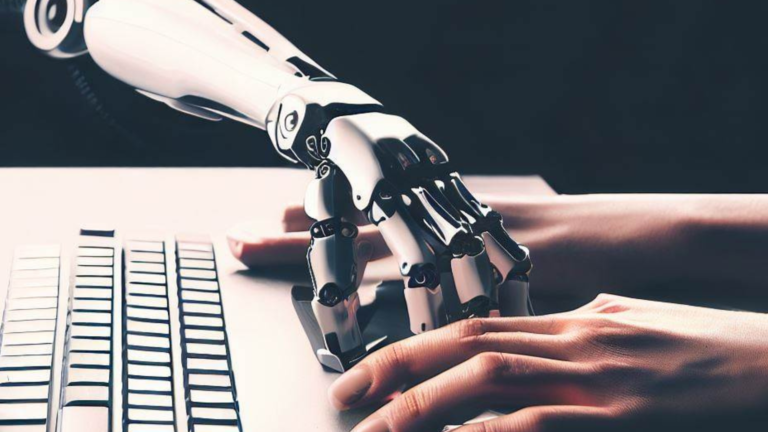AI can Now Revive the Dead: People you Love will Be Brought Back from Death
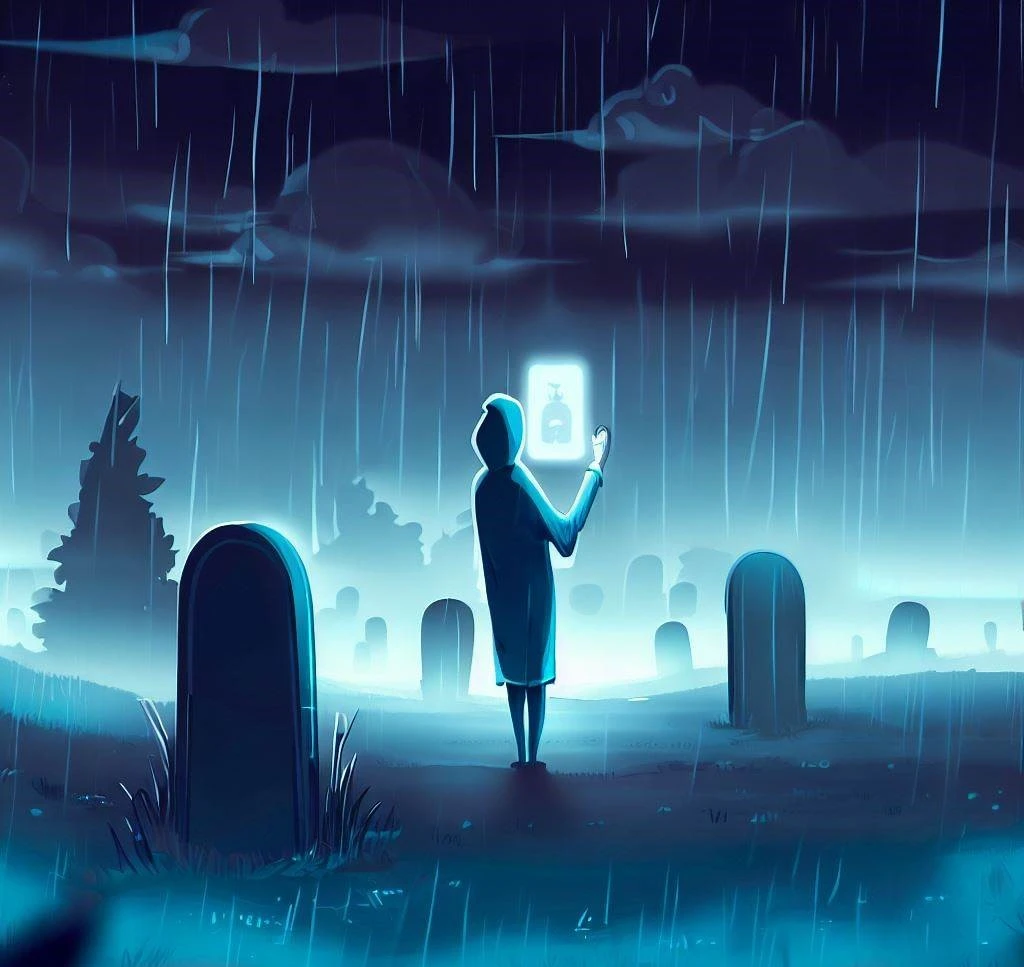
In 2020, Kanye West gifted Kim Kardashian a hologram of her late father, Robert Kardashian that would speak to Kim and praise her achievements as a birthday gift. The idea of reviving the dead isn’t a new one and hasn’t been limited to fiction, but movies and TV shows as well.
The Dystopian Novel “Do Androids Dream of Electric Sheep?” by Philip K. Dick was published in 1968–It features a device called an empathy box that lets people experience a simulated reality of a dead religious leader.
The 2011 anthology series Black Mirror explored a twisted high-tech multiverse where humanity’s greatest innovations and darkest instincts collide. Some episodes feature AI resurrection, such as “Be Right Back” and “San Junipero”.
In recent years, especially after the launch of OpenAI’s ChatGPT, AI has exploded as a trend and will only move upward. With generative AI taking the lead and creating infinite possibilities, technology has been extending itself into making it as real as it can by resurrecting dead people.
A Russian engineer named Eugenia Kuyda developed an AI chatbot that could converse like her friend Roman Mazurenko, who died in a car accident she used his messages and social media posts to train the bot with her as well as other users who knew him.
“Anybody can now recreate themselves at any age they are by way of AI or deep fake technology … I could be hit by a bus tomorrow and that’s it, but my performances can go on and on and on.”,
Tom Hanks raised his prospect about AI technology and its ability to revive him in The Adam Buxton Podcast.
Digital Immortality: Use of Digital Clones
Digital immortality is the theoretical concept of storing/transferring a person’s personality in a digital substrate like a computer, robot, or cyberspace. Digital cloning is done by creating digital clones or electronic copies of real people, using artificial intelligence and large databases.
A digital clone behaves and suggests as real as its original self and can come in the form of audio-visual clones, memory clones, personality clones, consumer behavior clones, and digital thought clones
While clones of several types are being created every day, memory clones can preserve the stories and wisdom of the deceased similar to the one done on Anthony Bourdain.
In 2021, the late chef and travel writer was digitally cloned in a documentary film called Roadrunner: A Film About Anthony Bourdain.
Some parts of the films were never recorded and Deepfake AI was used to regenerate his voice for narration.
This sparked controversy and concerns against the ethics and rights of the dead.
Concerns about Digital Cloning
Digital immortality and cloning have sparked controversy and raised issues about the legal dimensions of this thinly dangerous technology.
- The consent and privacy of the person being cloned. How do we ensure that the person agrees to have their data collected for use in digital cloning? How can we protect their data from unauthorized access or misuse?
- The legitimacy and accuracy of the digital clone. How do we verify that the identity and personality of the digital clone are being represented?
How can we prevent the digital clone from being corrupted or manipulated by any external factors? - The impact of the dead on the living and how one can cope with the psychological and emotional effects of it?
How can we respect the dignity of the dead and protect their rights? - Since creators are taking responsibility and accountability for creators who use digital clones, how we can modulate the development and use of these clones and prevent any abuse or harm?
Is it Ok to Revive the Dead with AI?
While it may not be a prevalent concept to many, the dignity theory of posthumousness suggests that the dead have value and dignity.
Therefore, reviving the dead with AI respects the autonomy of the deceased if they are permitted to do this when alive.
A deceased person may wish to make their loved ones feel less emotional about their departure to provide them solace, connection, comfort, and continuity.
James Vlhos, a journalist and author, designed a chatbot based on hours of recorded conversations with his father to create his digital clone–the Dadbot.
He claims that his late father was supportive of this project and fully consented to his digital model being designed.
However, the identity of the dead can be misjudged or misrepresented, and that digital cloning violates the privacy of the departed.
This argument has been supported by Michael J. Perry–a legal scholar, and philosopher who wrote in his book ‘Idea of Human Rights’, that the idea of human rights is not just confined to the living but equally relevant to the dead since the sacredness and inviolability of human beings do not cease at the death.
Reviving the dead with AI could harm the living by interfering and baffling their personal grievances, probably letting them never move on.
This could create unrealistic expectations and the living relative could develop schizophrenia, hallucinating and finding it difficult to fathom real and unreal.
The book ‘Dead Wrong: The Ethics of Posthumous Harm’- by David Boonin suggests that the dead possess rights that could be harmed or wrong through the actions of living; be it breaking their promise, desecrating their corpse, or defaming their reputation.
The Future of Tech that Revives the Past
The death of a loved one is the most difficult to grapple and one can go through severe post-trauma especially if the death was sudden.
Sudden death can also have psychological and physical effects on survivors for example increased risk of depression, anxiety, post-traumatic stress disorder, insomnia, cardiovascular problems, and immune system dysfunction.
The past traditional methods to cope with grief were either sharing the feeling, journaling, or participating in religious practices but artificial intelligence has taken that up a notch via “grief tech”– a broad term for technologies that help people cope with their loved ones’ death via chatbots, deep fakes and 3D-printed replicas of the deceased.
An 87-year-old woman in the UK attended her own funeral due to a startup called StoryFile. The startup recorded footage and audio of the woman prior to her death to craft an interactive holographic conversational AI avatar.
Even Metaverse planned to create a digital world for users to visit their dead loved ones and attend a Death Q&A, a weekly one-hour session where multiple people talk about the concept of mortality and their battles against death.
The Grief Tech: Is it Worth it?
Chatbots, virtual reality, and 3D replicas may provide companionship to support the bereaved and help them in their healing process so they don’t feel isolated.
The people may find themselves in a safe and controlled environment to grieve without being judged.
The tangibility of this technology is what separates it from other forms of healing but some people may not feel the same way they did with the actual person.
Personally, these virtual reality (VR) experiences can not only trigger the person overcoming but never let them fully heal as it may interfere with the natural grievance process.
These could be inaccurate and form a negative image of the dead one. Grief tech hasn’t been developed or explored thoroughly to integrate publicly and much could go wrong morally.
We have to learn to live without people and it’s a part of our life. It makes us stronger and teaches us lessons we otherwise couldn’t. Death is a bitter reality and eventually, everyone has to go but the world never stops.
The biggest catastrophes took from a lot but acceptance was a better choice than clinging onto something long gone. While this may be a temporary fix but this form of technology has a long-lasting impact on the alive.
As Rohit Prasad, Alexa’s senior vice president and head scientist promised: “While AI can’t eliminate that pain of loss, it can definitely make the memories last.”
What do you think about the future of grief tech? Do you think it has the potential to be helpful or harmful? Let me know in the comments below!

